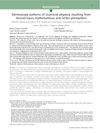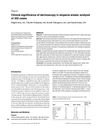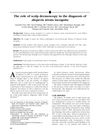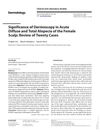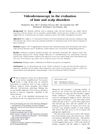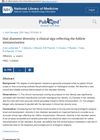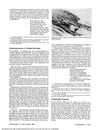Dermoscopy in Hair Disorders
January 2014
in “
Menoufia Medical Journal
”
dermoscopy alopecia areata androgenetic alopecia tenia capitis discoid lupus erythematosus lichen planopilaris vascular patterns follicular signs perifollicular signs hair shaft characteristics dystrophic hair yellow dots terminal-to-vellus hair ratio primary cicatricial alopecias follicular ostia fibrous tracts scalp disorders hair disorders hair loss scalp examination hair examination

TLDR Dermoscopy improves diagnosis of hair and scalp disorders and can help avoid unnecessary biopsies.
The 2014 review "Dermoscopy in hair disorders" discussed the use of dermoscopy, a noninvasive technique, in diagnosing various hair and scalp disorders. The technique was found to be particularly useful in diagnosing alopecia areata, androgenetic alopecia, tenia capitis, discoid lupus erythematosus, and lichen planopilaris. Dermoscopy allows for the examination of vascular patterns, follicular and perifollicular signs, and hair shaft characteristics, thereby improving diagnostic accuracy and reducing the need for unnecessary biopsies. In alopecia areata, dermoscopy can detect dystrophic hair and yellow dots, which represent follicular openings filled with keratinous debris. In androgenetic alopecia, it can measure hair shaft thickness and monitor the terminal-to-vellus hair ratio. In primary cicatricial alopecias, it can reveal the absence of follicular ostia and the presence of fibrous tracts. The review concluded that early diagnosis and intervention in different types of alopecia could significantly improve patients' quality of life.
